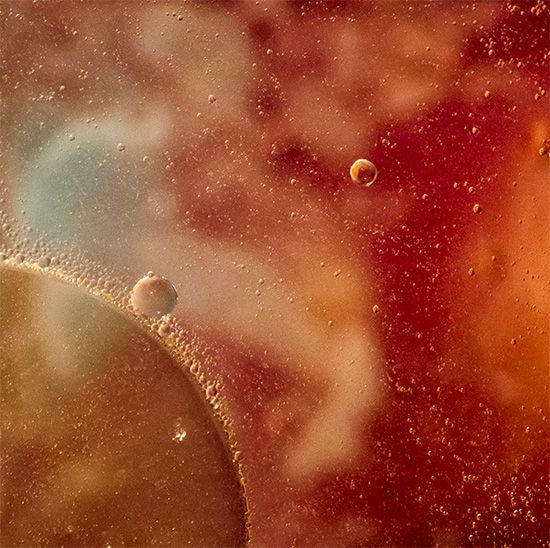-

This series of abstract images was created in response to a local camera club's assignment to photograph textures. Image by Margaret Stanton.
-

-

This series of abstract images were created in response to a local camera club's assignment to photograph textures. Image by Margaret Stanton.
-

This series of abstract images were created in response to a local camera club's assignment to photograph textures. Image by Margaret Stanton.
-





